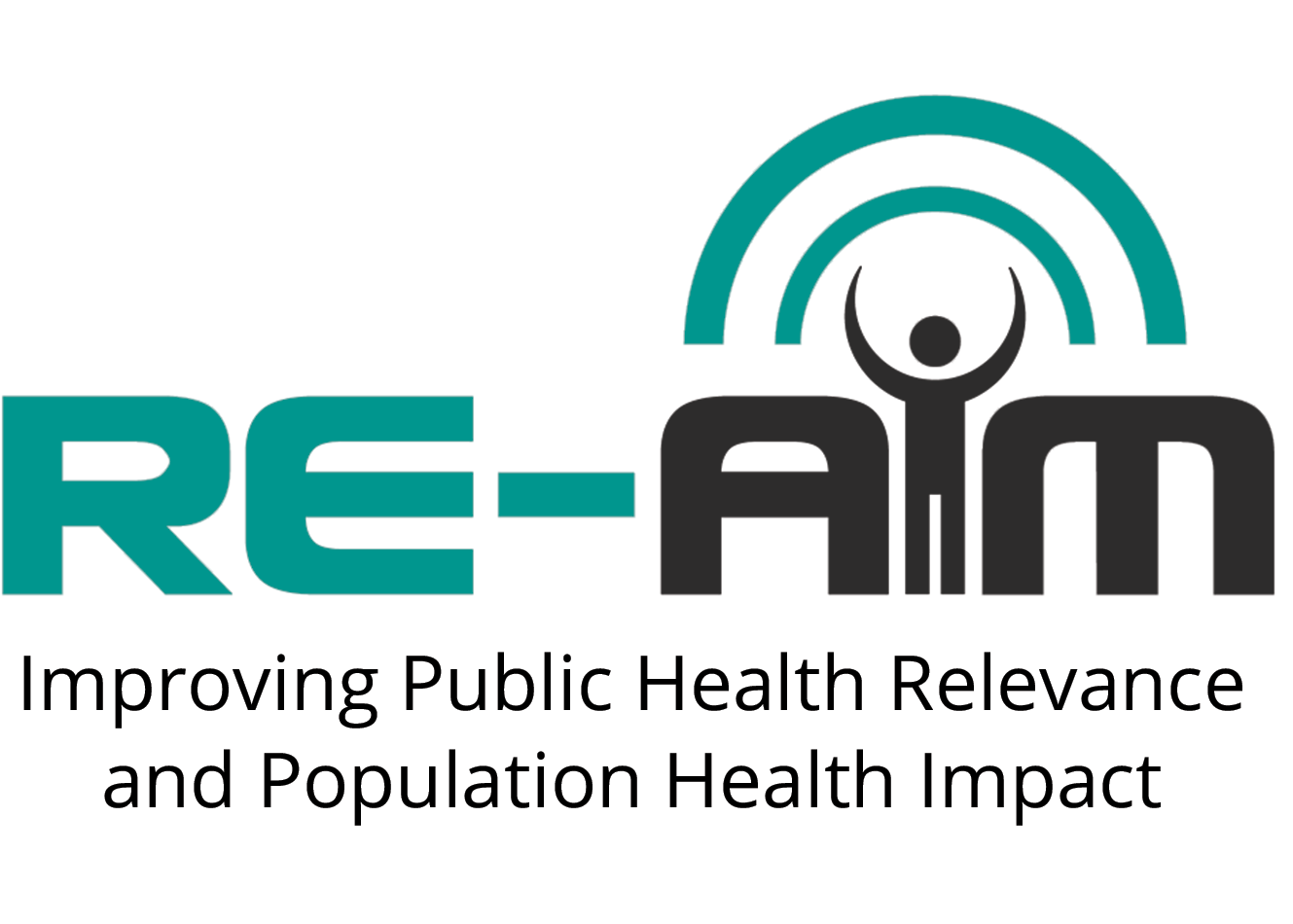Improving Implementation
At the setting level, IMPLEMENTATION refers to the how closely staff members follow the program that the developers provide. This includes consistency of delivery as intended and the time and cost of the program.
Once you have developed a program that works, reaches the target population, and is adopted by delivery organizations, settings, or agents, it is important to provide enough support to ensure that the program is “rolled out” as intended. Many strategies to improve implementation are similar to those listed for ADOPTION.
Again, getting input from the delivery systems and personnel early in program development will improve the rate of appropriate delivery. Involve people who might deliver the program, such as practitioners, service providers, and community members, in the various stages of program planning. This participatory process can enhance the level of commitment and acceptance from those who will ultimately deliver the program.
Here are some steps to enhance the chances that a program will be delivered as intended. Read our suggestions and select strategies that best fit your situation.
Steps to Improve Implementation
- Use a participatory procedure.
- When working with those who will deliver the program, ensure that the strategies and activities are tailored to their level of expertise.
- Pilot test the program with a small number of delivery agents who are key leaders of the organization. Test the feasibility of the program strategies and materials. Conduct focus groups with the delivery agents to identify what program components need to be modified for better implementation.
- Provide resources to implement the program.
- Develop a detailed resource and implementation manual. Evidence-based programs may be adopted by an organization simply because they are shown to be effective and the program’s resources for implementation will add value to the organization’s services. In these cases, as in those developed through participation with delivery systems, it is necessary to provide delivery agents with very detailed menus and boilerplates for implementation.
- Pay attention to transition details. Be sure that the resource and implementation manual identifies mechanisms for participant follow-up and referral to different components of a given program. Look for ways that participants could “slip through the cracks” and provide details on how to avoid this.
- Allow for flexibility in implementation. Even within a detailed implementation guide, it is important to provide the delivery agent with opportunities to tailor the program to their specific setting. Use menu options and provide alternative implementation strategies for settings with fewer resources or delivery agents of differing expertise or interests.
- Include necessary training and technical support during early stages of implementation.
- Simple training and role-playing related to implementing the program will help delivery agents build confidence related to program strategies. Training sessions should include multiple agents and, when possible, their supervisors. Even if supervisors will not deliver the program, their participation is key to demonstrating organizational support for the program.
- Training and support should create an atmosphere of collaboration and information sharing among delivery agents. Attaining interconnection among delivery agents will foster peer problem solving and consistency in program delivery within that setting.
- Allow easy access to ongoing technical support. This support should reinforce the program’s ultimate goals, but primarily it should identify barriers to implementation and provide mechanisms to overcome those barriers when they arise. Technical support should also foster collaborative peer relationships by putting delivery agents with similar issues in contact with one another. Encourage them to develop common strategies that will reinforce consistent implementation.
